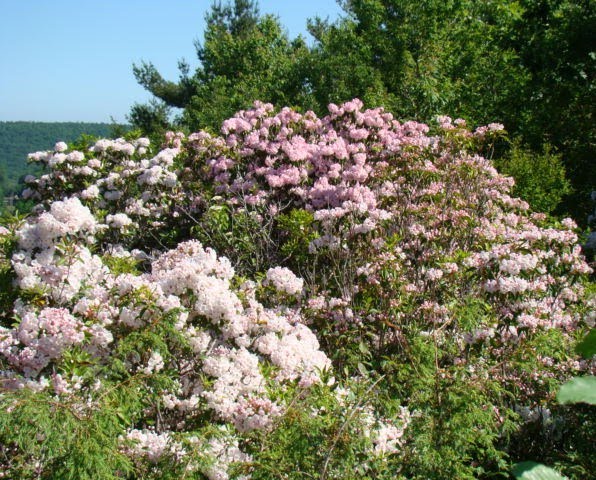
General Information
Virginia Creeper is a fast growing, woody deciduous vine native to North America. The vine climbs or creeps by means of tendrils that fasten onto rocks, walls or bark. The 4- to 8-inch leaves are palmate with five leaflets coming out of a central leaf stem. They provide bright fall color in tones of red and purple. It is easy to grow and established plants can be somewhat aggressive, reseeding itself and sending up sprouts everywhere.
Virginia Creeper is native from eastern North America south to Florida and west to Texas, extending north through the central states to Saskatchewan and Manitoba. It is hardy in zones 3 to 9.
Plant Habit and Form
Virginia Creeper can grow to 40 feet in length depending on the structure supporting it. Small disks are located on the tendrils that attach to the climbing surface. When allowed to creep along the ground, it sends out adventitious roots.
Growing Requirements
Virginia Creeper grows in full sun nd partial shade. It thrives in moist soil where it will be happy without climbing anything, yet is drought tolerant.
Flowering and Fruiting
The greenish pink flowers of Virginia Creeper are small and arranged in clusters. They are followed by bluish green 1/4-inch fruit that mature to dark blue-black, and are favored by birds and other wildlife.
Pests and Diseases
Mildew, leaf spots and cankers can be somewhat problematic for Virginia Creeper but it is generally trouble-free.
ID Tips
Alternate, palmate leaves with 5 elliptical leaflets per leaf. Blue-black 1/4-inch berries. Climbing or creeping vine.

